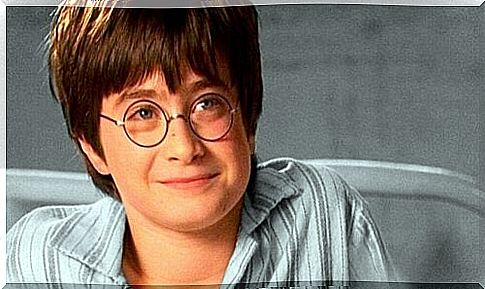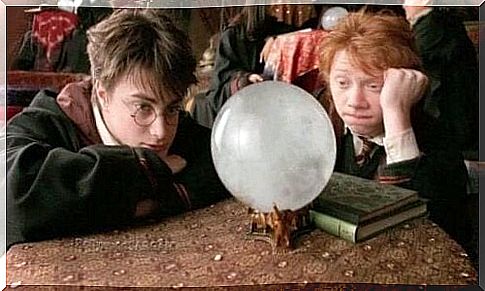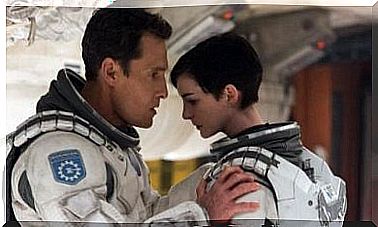Harry Potter Fandom: An Extraordinary Phenomenon

Harry Potter is in the same league as The Simpsons in terms of popularity . It has become such a phenomenon that whether we like it or not, or if we know even little about it, we can all identify with it to some degree.
The most famous magician of recent decades has left a deep impression on his legions of fans around the world. In this article, we’ll tell you everything you need to know about the world of Harry Potter fandom.
It’s been a long time since Harry Potter and the Deathly Hallows premiered. But far from being forgotten or nostalgic, the young wizard has remained in people’s memories and has managed to maintain an extraordinarily loyal and prolific fandom.
So how did this phenomenon come about? And how will it evolve in the future? In this article, we want to address these questions as much as possible.
What are fans?
Broadly speaking, we can define a fan as a person who admires or idolizes another person. This other person could be a sportsman, singer, or actor, or someone who is widely known in the media. However, you can also be a fan of a genre, a series, a movie, or as in the case of Harry Potter, a saga.
The fan effect is also particularly common among teenagers, as this is a time when their identity is being created. Fans tend to follow and even imitate the object of admiration. An identification process is taking place.
Fans get involved in everything related to their idol. They group into interest groups and communicate or greet each other in the same way. They can produce stories or audiovisual material related to their object of admiration.
The internet has greatly promoted the creation of groups and communication between fans. As a result, we can easily find legions of followers producing, sharing, debating and researching.
Companies and advertising agencies know this all too well. After all, fans are consumers and when a phenomenon of this nature reaches as high a level as Harry Potter, there’s no doubt that the customers are there for the taking!

Characters to identify with
In the previous point we talked about an identification process between the fans and the phenomenon they idolize. We also noted that this process usually culminates in adolescence. So if we apply this idea to the Harry Potter fandom, we find a rather curious fact.
Let’s take a look at each of the books that make up the saga. What can we see? That each book seems to correspond to a specific school year Harry was in and, as a result, to a certain age.
Harry Potter and the Sorcerer’s Stone hit the shelves in the UK in 1997. The marketing strategy decided to target the book at an all-child audience, those who were children in the late 1990s.
The young wizard soon became famous and the books were translated and sold all over the world. JK Rowling had given children the joy of reading again. She turned an entire generation into readers.
These young readers eagerly awaited the arrival of the next book in the saga. The interesting thing is that the books kept getting darker, more complex, and more epic. Harry, like the readers, also continued to grow up.

Harry Potter fandom
The movies came out every one or two years. Thus, the producers achieved something extraordinary. These young readers reached adolescence and were part of a solid community they could identify with.
The film adaptations, in turn, strengthened this fandom while opening it up to a wider audience: young people who hadn’t read the books.
Harry Potter fans could identify with the characters who were the same age and had the same concerns in life. The only difference, of course, was the kind of world they lived in. The characters presented in Rowling’s work, despite incredible powers and phenomena, still seemed to resonate with reality.
Rowling introduced us to female characters that girls could identify with immensely. It greatly promoted the cause of feminism.
Perhaps Harry’s case is the furthest from the typical hero. He is in fact an imperfect hero to a great extent. However, he also gave us a new kind of masculinity. Harry showed that boys and young men could be afraid and even cry without being ashamed of it.

Harry Potter: Active and Prolific Fans
The Harry Potter fandom has been particularly active and prolific. All this activity has been supported by endless merchandising products and websites, such as Pottermore , where all the fans are concentrated. The author herself also answers many questions from her followers through interviews and her Twitter account.
Such a large community, of course, has some codes that they share. They identify each other as ‘Potterheads’ , use terms like ‘muggle’ and identify themselves through symbols or insignia such as the remains of death or the dark sign.
The distribution of Potterheads through Hogwarts houses is rather curious and sites like the Pottermore have encouraged fans to check which house they belong to, creating new communities within the same fandom.
This is all very similar to the arrangement of the signs of the zodiac. The fact that you belong to one house or the other has to do with the personality traits of the residents.
Those who belong to Gryffindor will either be brave or strive for bravery. Someone who belongs to Slytherin will stand out for his ambition. This strengthens the sense of belonging and the sense of identification grows.
In addition, the productivity of the potterheads seems to know no bounds. In addition to the fanfiction, a common phenomenon in all types of fandom, we find an extraordinarily creative community.
It’s a community that, instead of just discussing plot theories, has started making its own movie – Voldemort: Origins of the Heir. This is an unofficial spin-off that explores the life of the antagonist of the saga, with the fans financing the film themselves.

The future of the potterheads
We noted earlier that we can look at this particular world of fandom from a generational perspective. So maybe we should start thinking about the future. Could attracting new followers be a problem?
Unlike fans who gradually grew up with the wizard, today every young person already has the whole trade at their disposal. They can easily get their hands on all the books, movies and information, so in a way the magic is broken.
The fact that young people are growing up at the same time as the main characters, desperately waiting for the next episode, greatly fueled the whole phenomenon.
Maybe it’s too early to think about the possible evolution, but we can see that some steps have already been taken to look for new niches or future fans. An example of this can be found in the creation of the Fantastic Beasts and Where to Find Them saga.
Why create a new saga?
Then why create a new saga? Because, in addition to the already consolidated fandom that are now mature, this opens the doors to a new audience. In fact, Fantastic Beasts and Where to Find Them has been quite successful among younger generations who hadn’t even read the Harry Potter books.
In recent times we’ve had theme parks inspired by the world of Harry Potter and real life settings like King’s Cross Station. These have been used to provide the fandom with entertainment beyond books and movies, an experience that brings them closer to the world JK Rowling dreamed of.
We don’t know what the future will bring, but everything seems to indicate that this fandom is more alive than ever. In the meantime, we will continue to dream and eagerly await our acceptance letter from Hogwarts.









